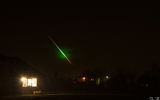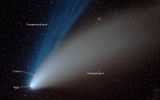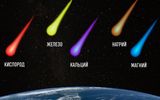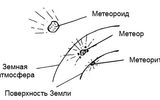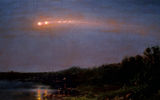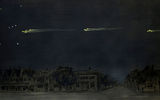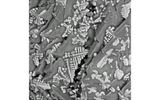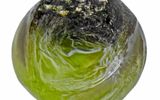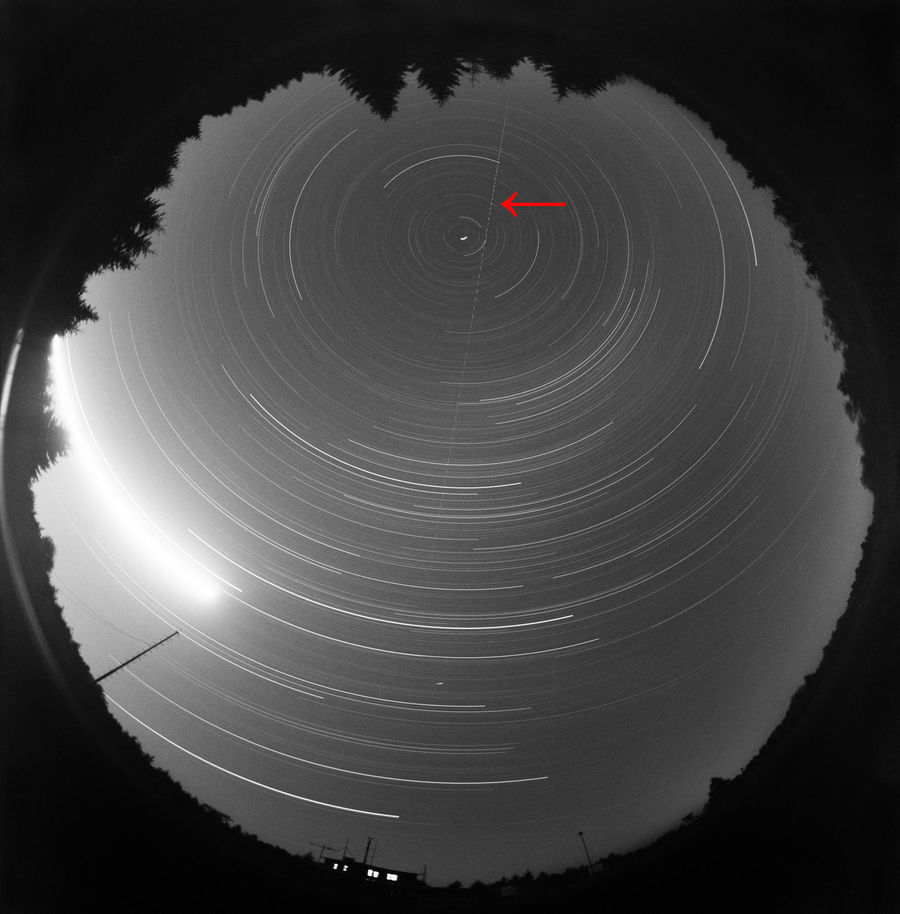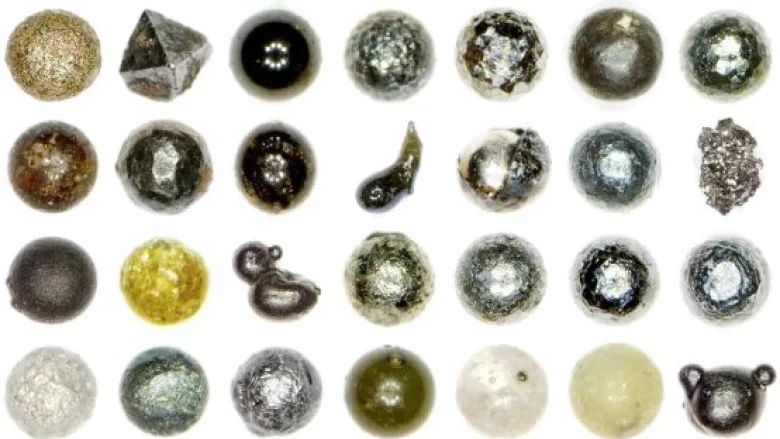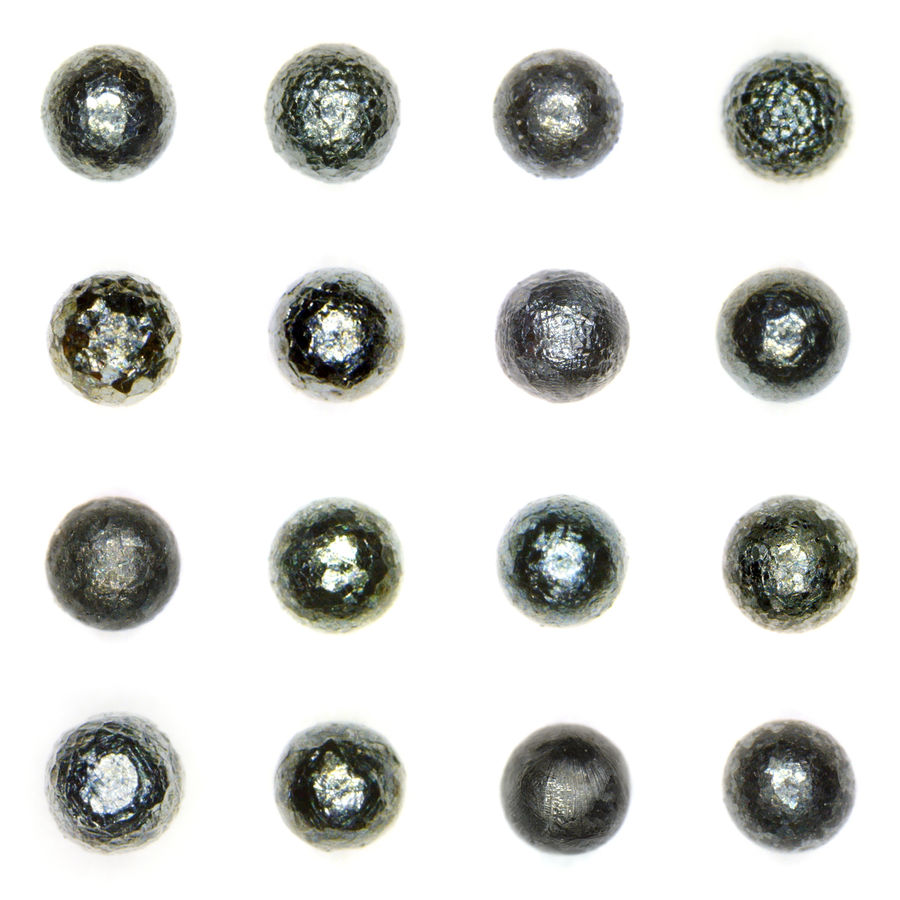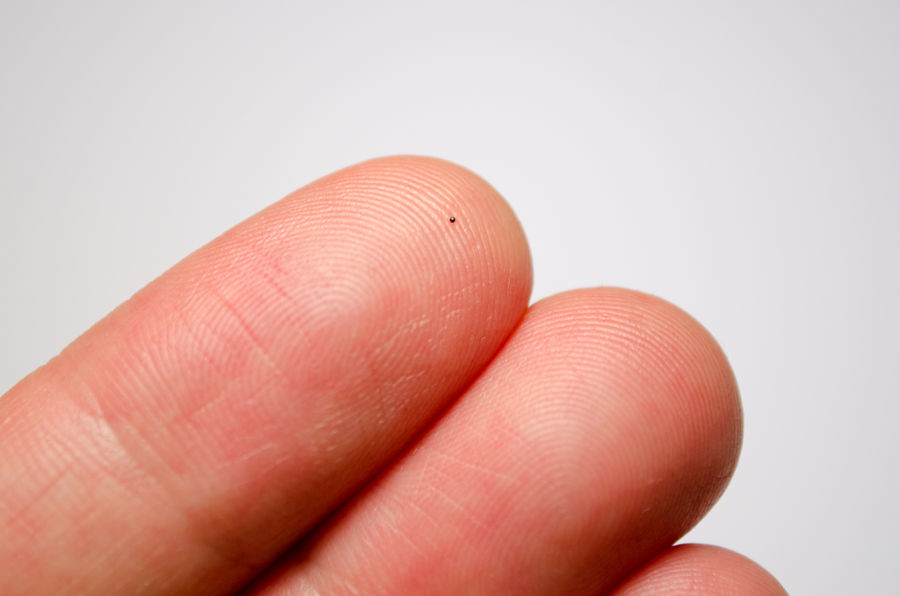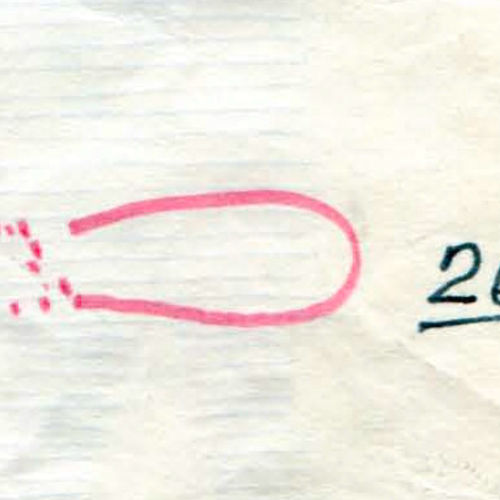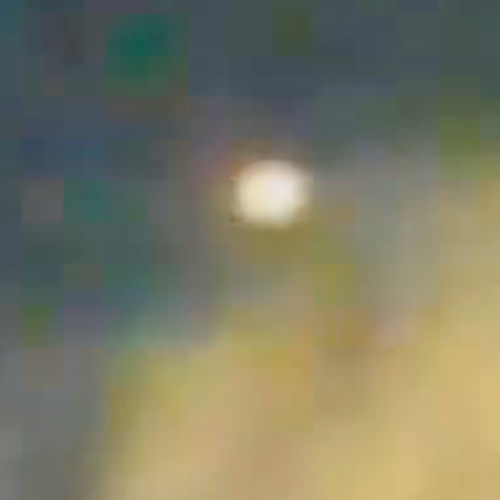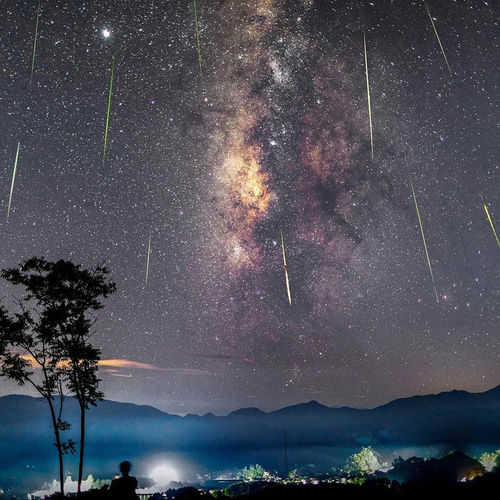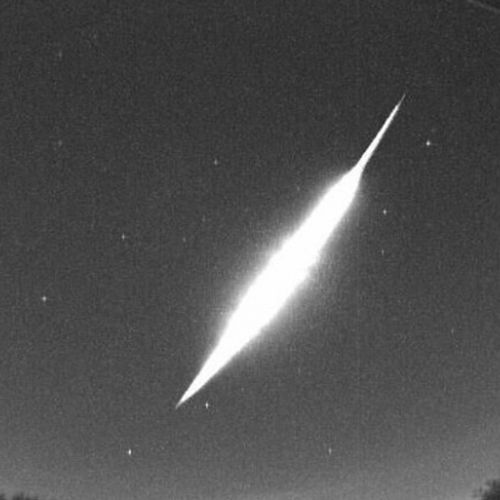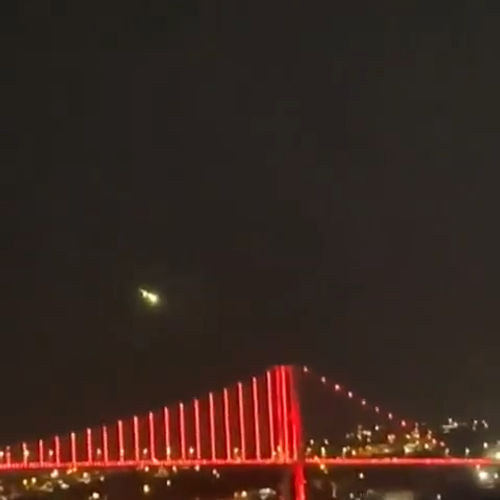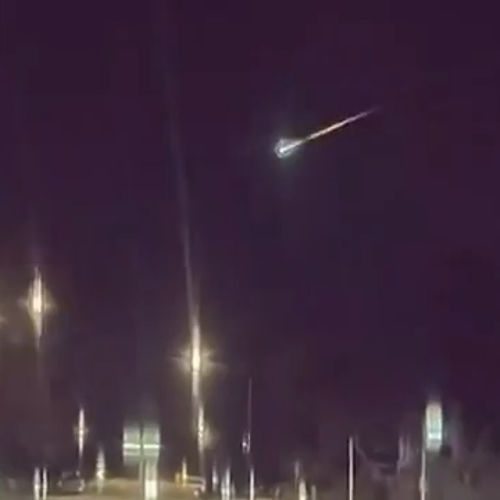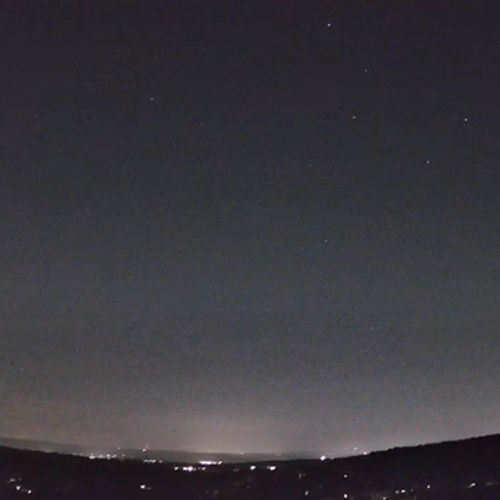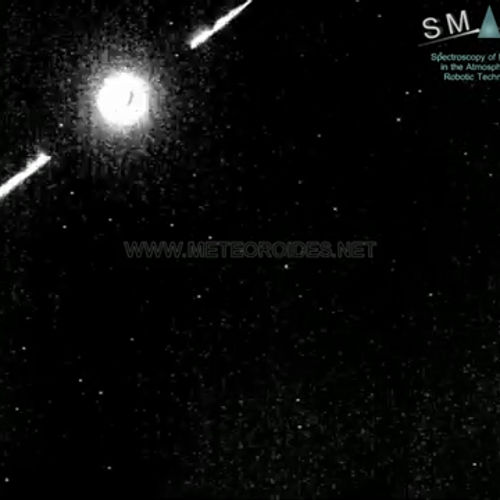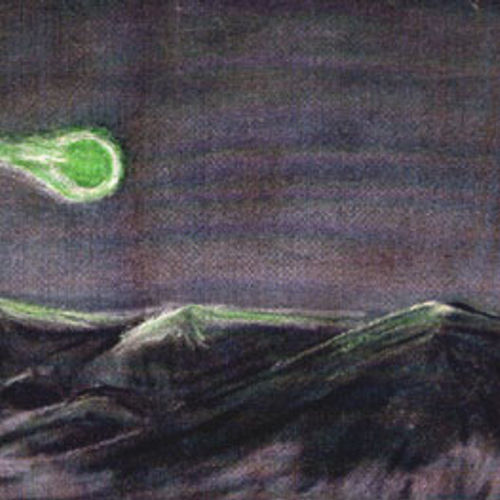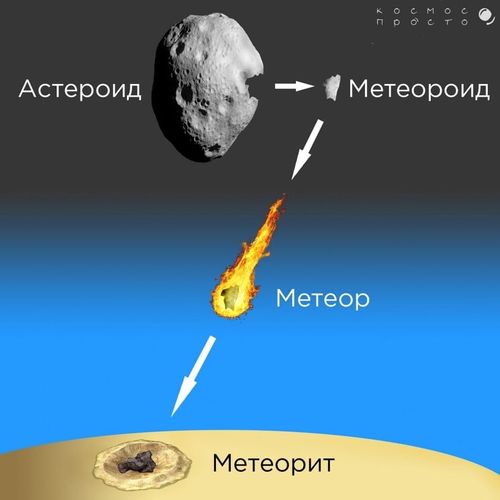
| Added | Tue, 25/10/2016 |
| Sources | |
| Феномены | |
| Version type |
Meteor, "shooting star" is a phenomenon that occurs when small meteor bodies (for example, fragments of comets or asteroids) burn up in the Earth's atmosphere. A similar phenomenon of greater intensity (brighter than magnitude -4) it's called a fireball.
An electrophone car is a rare phenomenon of nature, consisting in the fact that the flight of the car accompanied by sound effects, such as crackling. The paradoxical nature of the phenomenon lies in the fact that this sound cannot arise from the friction of a meteor body against the air, since it is heard simultaneously with the flight, that is, much earlier than the sound from the body itself reaches the observer. It is assumed that the sound source is located near the observer and is activated by the electromagnetic field accompanying the flight of the car. This source can be electrical discharges that occur between objects close to the observer or in the air.
Meteors should be distinguished from meteorites and meteoroids. A meteor is not an object (that is, a meteoroid is a celestial body intermediate in size between cosmic dust and an asteroid), but a phenomenon, that is, a luminous trace of a meteoroid. And this phenomenon is called a meteor, regardless of whether the meteoroid will fly out of the atmosphere back into outer space, burn up in it due to friction or fall to Earth as a meteorite.
Meteors are often grouped into meteor showers — constant masses of meteors that appear at a certain time of the year, in a certain direction. Such meteor showers are widely known as Leonids, Quadrantids and Perseids. All meteor showers are generated by comets as a result of destruction during the melting process during the passage of the inner part of the Solar System.
During visual observations of meteor showers, it seems that meteors fly out from one point in the sky — the radiant of the meteor shower. This is due to the similar origin and relatively close location of cosmic dust in outer space, which is the source of meteor showers.
A comet is a small celestial body orbiting the Sun. When approaching the Sun, the comet forms a coma (a cup-shaped nebulous shell consisting of gases and dust) and sometimes a tail, also made of gas and dust.
Each comet has several different components:
- Core: relatively solid and stable, consisting mainly of ice and gas with small additions of dust and other solids.
- Head (coma): a luminous gas shell that occurs under the influence of electromagnetic and corpuscular radiation from the Sun. A dense cloud of water vapor, carbon dioxide and other neutral gases sublimating from the core.
- Dust tail: consists of very small dust particles carried away from the core by a gas stream. This part of the comet is best visible to the naked eye.
- Plasma (ion) tail: consists of plasma (ionized gases), intensively interacts with the solar wind.
The comet's white dust and blue plasma tails are clearly visible. The types of comet tails were studied by the Russian astronomer F.A.Bredikhin. At the end of the XIX century , ot divided the tails of comets into three types:
- Type I of comet tails is straight and directed away from the Sun along the radius vector.
- Type II tails are wide, curved.
- Type III tails are directed along the comet's orbit. Such tails are narrow.
Comets with tails pointing towards the Sun are quite rare. These are the so-called abnormal tails. Under the influence of the solar wind, dust particles are thrown in the direction opposite to the Sun, forming the dust tail of the comet. The dust tail of a comet is usually yellowish in color and glows with light reflected from the Sun.
A meteoroid flying "at the observer" is perceived as a bright star, which after some time slowly and permanently goes out.
Touched (flown) A meteor is a meteoroid that flew through the earth's atmosphere and then continued its movement in space. Sometimes its fragments can fall to Earth in the form of meteorites if the meteoroid began to fall apart or exploded in the dense layers of the atmosphere. Due to the fact that the friction of the earth's atmosphere reduces the mass and speed of the meteor, when leaving it, the orbit of the object will be changed. a very rare phenomenon, as of 2008, only 4 cases were correctly recorded and described, although many more individual observations are known. Outwardly, it is a bright meteor that has just touched the Earth's atmosphere, just as a flat stone bounces if thrown along the smooth surface of water.
Micrometeorites differ from meteorites in that they are smaller in size, more numerous and differ in composition. The IAU officially defines meteorites ranging in size from 30 micrometers to 1 meter; micrometeorites make up a small part of the range (~ submillimeter). They are a subset of cosmic dust, which also includes smaller particles of interplanetary dust (IDP).
micrometeorite (MM) extures differ as their initial structural and mineral composition changes depending on the degree of heating they experience upon entering the atmosphere, which depends on their initial velocity and angle of entry. They range from non-molten particles that retain their original mineralogy (Fig. 1 a, b), to partially molten particles (Fig. 1 c, d) and rounded molten cosmic balls (Fig. 1 d, e, w, z, Fig. 2) some of which have lost most of their mass as a result of evaporation (Fig. 1 and). The classification is based on the composition and degree of heating. [5] [6]
Fig. 1. Cross sections of various classes of micrometeorites: a) Fine-grained non-melted; b) coarse-grained non-melting; c) slag; d) Relict breadbearer; e) porphyry; f) striped olivine; g) cryptocrystalline; h) glass; i) KPP; k) G-type; l) I-type; and l) A separate mineral. With the exception of types G and I, all of them are rich in silicates and are called rocky MM. The bar scale is 50 microns.
The extraterrestrial origin of micrometeorites is determined by microanalysis, which shows that:
- The metal contained in them is similar to that contained in meteorites.
- Some of them contain wustite, a high-temperature iron oxide found in meteorite melting crusts.
- Their silicate minerals have a ratio of basic and trace elements similar to that in meteorites.
- The contents of cosmogenic manganese (53 Mn) in iron balls and cosmogenic isotope of beryllium ( 10 Be), aluminum ( 26 Al) and solar isotope of neon in stone MM extraterrestrial
- The presence of pre-solar grains in some MM and an excess of deuterium in ultra-carbon MM indicates not only their extraterrestrial origin, but also that some of their components were formed before the Solar System.
Micrometeorites were collected from deep-sea sediments, sedimentary rocks and polar sediments. Previously, they were collected mainly from polar snow and ice due to their low concentration on the Earth's surface, but in 2016 a method for extracting micrometeorites in urban conditions was discovered
Related facts
Related news
Related articles
Log in or register to post comments
